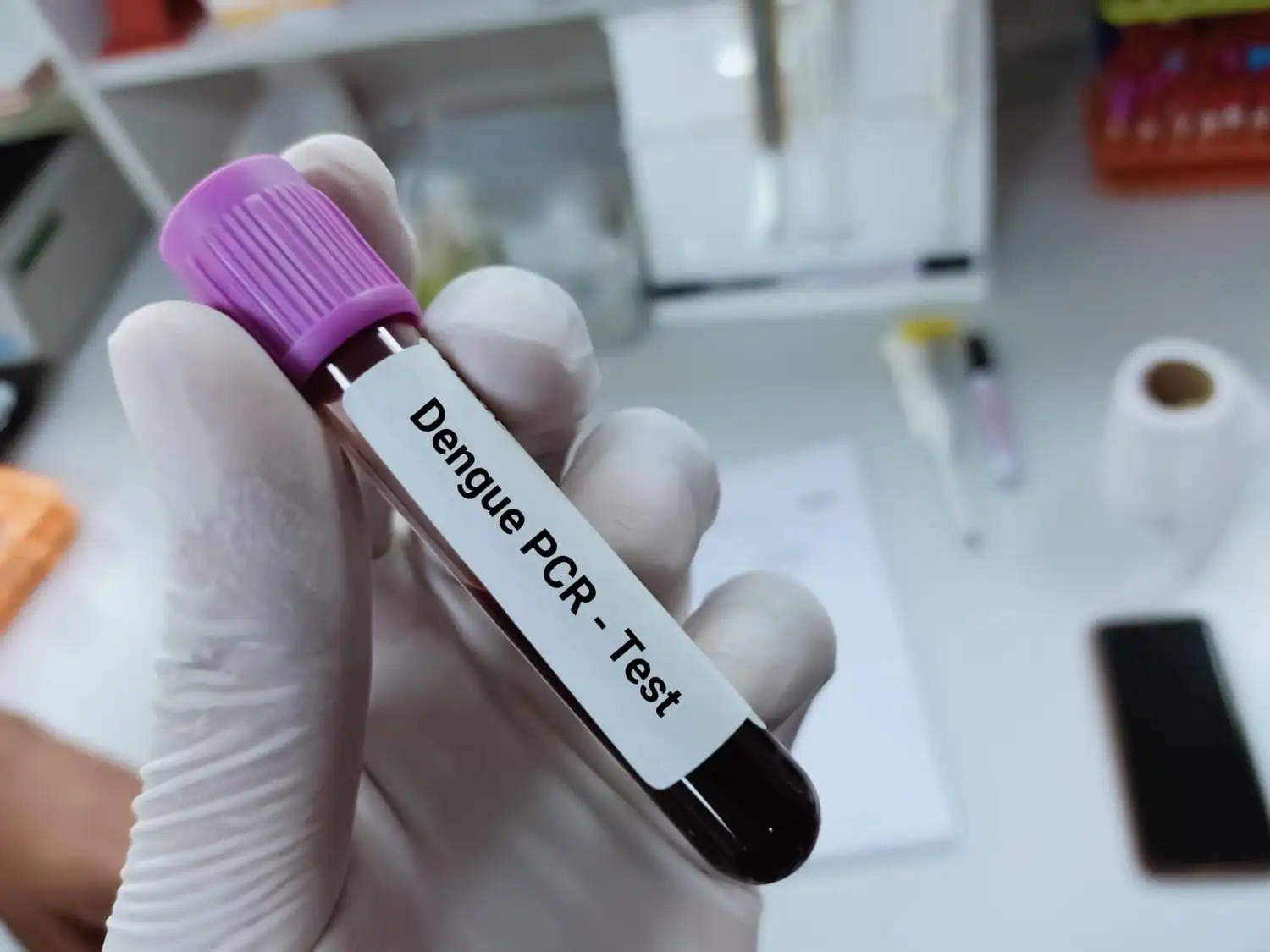Lung cancer is often associated with smoking, and rightfully so as smoking is the leading cause of lung cancer, accounting for about 85% of all cases. However, lung cancer can also occur in non-smokers, and the incidence of non-smoking lung cancer has been rising in recent years. In fact, non-smoking lung cancer is now the 6th leading cause of cancer deaths worldwide, affecting millions of people each year. So, how can you get lung cancer even if you don’t smoke?
In this blog, you will see some of the key factors that contribute to non-smoking lung cancer, and what you can do to reduce your risk. So here are the points,
- Radon Exposure
Radon is a naturally occurring radioactive gas that can seep into homes and buildings from the soil, rocks, and water. When radon is inhaled, it can damage the DNA in lung cells, leading to mutations that can cause cancer. Radon is the second leading cause of lung cancer, after smoking, and is responsible for about 21,000 lung cancer deaths in the U.S. each year. To reduce your exposure to radon, you can test your home for radon levels and take steps to mitigate any elevated levels.
- Second Hand Smoke
Secondhand smoke, also known as passive smoking, occurs when you inhale smoke from someone else’s cigarette, cigar, or pipe. Secondhand smoke contains many of the same cancer-causing chemicals as first hand smoke, and can increase your risk of lung cancer by about 20-30%. Secondhand smoke is particularly dangerous for children, pregnant women, and people with existing lung or heart conditions. To reduce your exposure to secondhand smoke, you can avoid places where smoking is allowed, ask smokers to smoke outside, and use air filters and ventilation systems.
- Genetic Factors
While most cases of lung cancer are linked to environmental factors, some cases are due to inherited genetic mutations that increase the risk of cancer. For example, mutations in the BRCA1 and BRCA2 genes, which are known to increase the risk of breast and ovarian cancer, have also been linked to an increased risk of lung cancer. Other genetic mutations that have been associated with lung cancer include TP53, EGFR, KRAS, and ALK. Genetic testing can help identify some of these mutations and inform personalised treatment options.
- Air Pollution
Air pollution, especially from fine particulate matter and nitrogen oxides, has been linked to an increased risk of lung cancer, as well as other respiratory and cardiovascular diseases. Air pollution can come from many sources, such as traffic, industry, and wildfires, and can affect both outdoor and indoor air quality. To reduce your exposure to air pollution, you can choose less polluted routes for walking or cycling, use public transportation or electric vehicles, and use air purifiers or filters in your home or workplace.
- Other Risk Factors
Other factors that may increase your risk of lung cancer, even if you don’t smoke, include age, gender, race, and medical history. Lung cancer is more common in older adults, men, and people of certain ethnicities, such as African Americans and Asians.
How to Quit Smoking to Regain Your Lung Health?
To quit smoking and regain lung health, start by setting a quit date and creating a plan to manage cravings. Seek support from friends, family, or a healthcare professional, and consider nicotine replacement therapy or prescription medications. Engage in healthy habits like exercise and a balanced diet to boost lung health.
You can also switch to vaping as e-cigarettes effectively avoid the usage of tobacco, which is mostly found in all traditional cigarettes. Besides, this gadget also eliminates the problem of withdrawal symptoms helping one to quit smoking fast.



